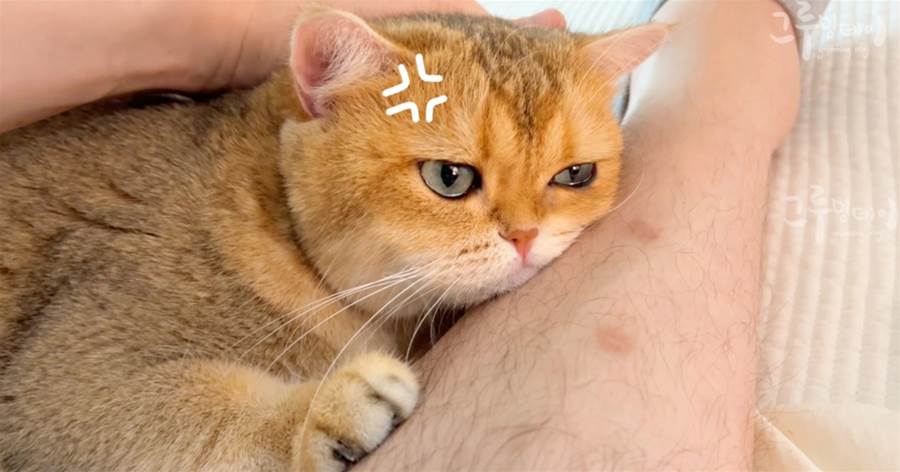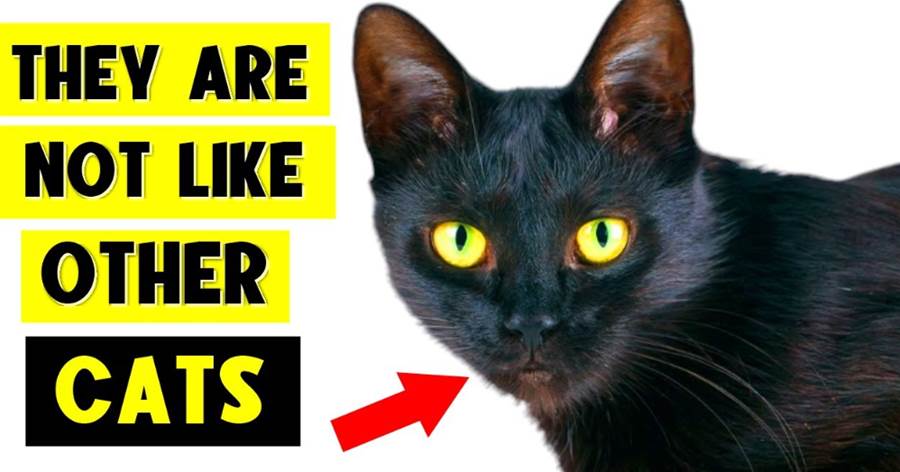
Cats are known for their independent nature and grace, but like all pets, they’re not immune to health issues. From dental problems to life-threatening infections, cats can suffer from a range of diseases that every pet owner should be aware of. Let's dive into eight common feline diseases, how to spot them, and what you can do to keep your feline friend healthy.
If you’ve ever gotten close enough to smell your cat's breath, you may have noticed that it isn’t always the freshest. But dental disease in cats goes beyond unpleasant breath—it’s a serious issue. Over 80% of cats over the age of three suffer from some form of dental disease, like plaque buildup or gum inflammation. Left untreated, it can lead to painful conditions such as tooth decay and even tooth loss. If your cat shows signs like drooling, reluctance to eat, or pawing at its mouth, it’s time for a vet visit.
Does your cat seem to be straining in the litter box? FLUTD is a broad term that covers various conditions affecting a cat’s bladder and urethra. Symptoms include frequent urination, blood in the urine, and crying out in pain. Stress, dehydration, and poor diet are often contributing factors. To help your cat avoid these painful episodes, ensure they drink enough water and get a balanced diet.
As cats age, kidney disease becomes more common. This chronic condition can slowly deteriorate kidney function, leading to symptoms such as weight loss, increased thirst, and frequent urination. While there is no cure, early diagnosis and supportive care—like prescription diets and hydration—can improve the quality of life for cats with kidney disease.
A plump cat may look adorable, but obesity can lead to serious health issues such as diabetes, arthritis, and liver disease.
Many cats develop obesity due to overfeeding and lack of exercise, particularly indoor cats. Keep your cat’s weight in check by encouraging playtime and feeding a diet appropriate for their activity level.
Like humans, cats can also develop diabetes, particularly if they are overweight. Diabetic cats may exhibit symptoms such as excessive thirst, increased urination, and unexplained weight loss. Diabetes requires lifelong management, often with insulin injections and a strict diet.
Catching it early can help manage the disease and prevent complications like kidney damage.
FIV weakens a cat’s immune system, leaving them more susceptible to other infections. It’s primarily spread through bite wounds, so cats that roam outdoors are at higher risk. Symptoms may not appear for years after infection, but once they do, they can include fever, weight loss, and swollen lymph nodes. While there is no cure, cats with FIV can still live long, fulfilling lives with proper care.
Cancer in cats can manifest in various forms, from skin tumors to internal growths. Symptoms vary but may include weight loss, lumps, and changes in behavior. While it’s a daunting diagnosis, some cancers are treatable if caught early. Regular vet check-ups and noticing unusual changes in your cat can help catch it in time.
Rabies is a viral disease that affects the brain and spinal cord, leading to symptoms such as aggression, paralysis, and seizures.
Although rare in domestic cats, it’s still a serious concern, especially for outdoor cats that may come into contact with wild animals. Vaccination is crucial for prevention, and many areas mandate it by law.
Cats may be masters at hiding their discomfort, but as a pet parent, you can stay vigilant by watching for these signs and keeping up with regular vet visits. These diseases can range from mild to severe, but with early intervention and proper care, you can help your cat live a long, happy life.
Have you experienced any of these with your cat? Share your thoughts or tips in the comments below!
The article is not finished. Click on the next page to continue.
Next page


















